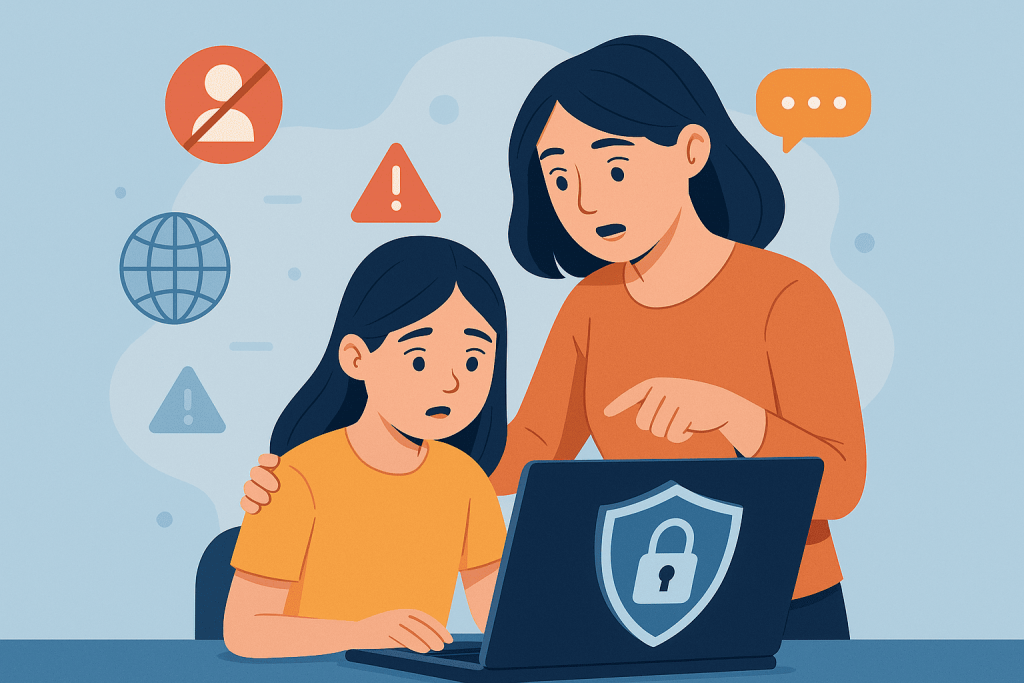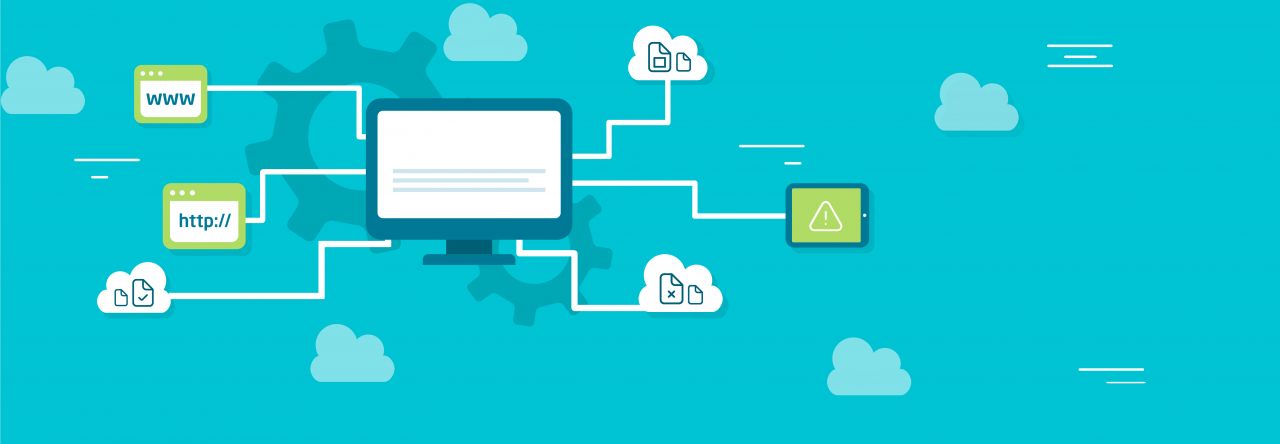
Today, children grow up in a digital world. From a young age, they communicate, study, and play online. But along with new opportunities come new risks. Online safety has become one of the most important topics for modern parents.
In this article, we’ll explain how to protect your child from online dangers, what to pay attention to, and what tools can help you along the way.
Why Is Online Safety Important?
The internet is a source of knowledge — but also of danger. Children may be exposed to:
- inappropriate content (violence, pornography, harmful information),
- cyberbullying,
- scams and fraud,
- identity theft,
- screen addiction and overuse of devices.
It’s impossible to eliminate all risks, but you can reduce them significantly with the right approach and consistent communication.
1. Talk to Your Child About the Internet
The first and most important step is open communication. Talk to your child about:
- what safe behavior online looks like;
- why talking to strangers online is dangerous;
- how sharing personal photos or information can be harmful;
- what to do if something online causes fear or discomfort.
Your child should know they can always turn to you — without fear of punishment or judgment. Trust is the foundation of digital safety.
2. Use Parental Controls
Take advantage of built-in parental control settings on smartphones, tablets, and computers. These tools can help you:
- limit screen time and internet access;
- filter content by age and category;
- block dangerous or inappropriate websites;
- monitor browsing history.
To ensure these tools work smoothly, it’s important to have fast and stable internet access. That’s why hosting matters — placing your websites or family projects on high-quality hosting helps guarantee speed, security, and reliability.
3. Teach Digital Hygiene
Just like you teach your child to wash their hands, teach them digital hygiene:
- don’t open unknown links or messages;
- avoid installing suspicious apps;
- use strong passwords and never share them;
- keep software and antivirus programs up to date.
Explain phishing and how it works — help your child recognize fake websites, suspicious emails, or offers that are “too good to be true.” Remind them never to share passwords or personal info, even with someone they know online.
4. Create a Safe Online Environment
If your child is starting a blog, YouTube channel, or even building a simple website — that’s great! But make sure:
- they use a secure domain with an SSL certificate;
- you host their site on a platform where you control security settings;
- personal data on the site is kept to a minimum.
You can register a domain in just a few clicks at RX-NAME. It’s also easy to add an SSL certificate — this provides a secure connection for all visitors and improves both safety and SEO ranking.
5. Be a Good Example
Children learn by watching adults. If you spend hours scrolling through social media or ignore basic online safety rules, don’t be surprised if your child does the same.
Lead by example:
- show how to behave respectfully on social media;
- demonstrate how to handle suspicious messages or pop-ups;
- manage your own screen time wisely.
Your behavior will teach your child more than any lecture. Make sure you’re sending the right message.
6. Monitor Without Spying
Monitoring should be transparent and respectful. Let your child know you’re not spying — you’re protecting them. Together, agree on basic rules:
- how much time they can spend online each day;
- which websites are allowed;
- when devices should be turned off (for example, before bed).
Instead of strict control, build healthy boundaries and ongoing dialogue. Children are more likely to follow the rules when they understand the reasons behind them.
Conclusion: Digital Safety Is a Shared Responsibility
Online safety is not just about technology. It’s about trust, education, awareness, and example. Use all available tools — from content filters to quality hosting — to create a safe and positive digital environment for your child.
Ready to build a secure online space for your child or family? Start with the basics — register a domain and choose reliable hosting at RX-NAME.

Leave a Reply